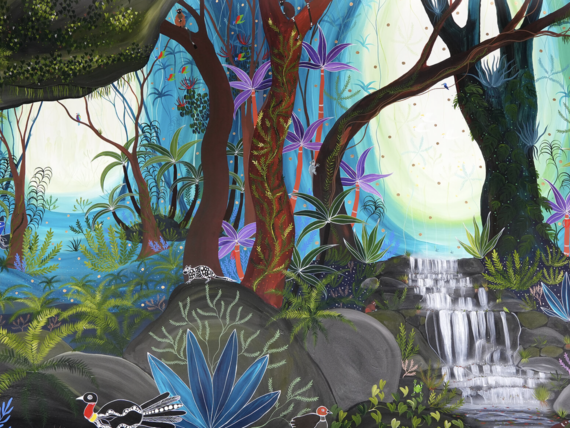
##MP##
It’s been a long time since Cairns took a direct hit from a cyclone, and Cairns Regional Council fears disaster complacency may be taking hold.
With the Bureau of Meteorology predicting a third consecutive La Nina summer, there’s a higher chance of cyclones and the Council is hitting the streets to promote awareness.
It’s launched a disaster education vehicle to take safety and disaster preparedness messaging to all corners of the community.
##BA##
Chair of the Local Disaster Management Group, Terry James, said the annual cyclone season is fast approaching, and the long-range forecasts are concerning.
##PQ##
“The education vehicle makes an obvious visual impact and complements Council disaster messaging found on other platforms, including our website and the Cairns Disaster Dashboard.”
Councillor James said community complacency was a significant concern.
“It has been quite a long time since Cairns had been seriously impacted by a tropical cyclone.
“The vehicle will be a useful tool to inform and remind people that just because we haven’t had a cyclone or major flooding event in years, we are still at risk.
“It’s a mobile advertising device that can also be used to visit large community events and schools and drive the importance of being disaster-prepared home to a broader audience.”
State Library of Queensland records list at least 53 cyclones which have had a reported or measured impact on Cairns since it was founded in 1876.
The city comes under the influence of tropical cyclones at least once every two years, on average.
Most cyclones that make landfall in the region pass north or south of Cairns, causing severe weather and damage in the city, but direct hits are rare.
TC Tasha got close, coming ashore near Gordonvale on Christmas morning, 2010 as a category one.
In February 2001, TC Abigail made landfall just north of town, causing minor flooding but little major damage.
Category two system, Steve, landed near Holloways Beach in February 2000. Steve went on to be an extraordinarily long-lived cyclone, lasting 11 days and travelling across the country to blow out near South Australia.
In March 1997, Cyclone Justin came ashore just north of Cairns as a category two. Two people were killed, and there was extensive damage to property and crops.
Councillor James said it’s been a long time, but cyclones are a real possibility in the Cairns region.
“Many people may be new to the city and have never experienced a disaster of this type, while others may have grown complacent.
“Being prepared is vital for their safety and the safety of their friends and family.
During an emergency, the Cairns Disaster Dashboard gives real time information on roads and traffic, weather, emergency services, utilities, and emergency shelters.
Main points
- Cairns Council launches disaster education vehicle
- Terry James says disaster complacency a concern
- Forecast La Nina summer means cyclones more likely








